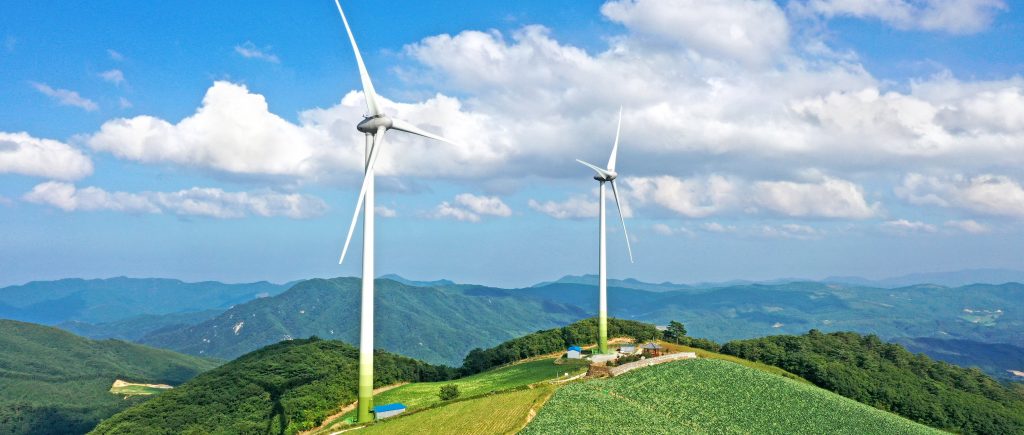Investors added over $886 million to some of the biggest exchange-traded funds that invest in clean energy last week as the U.S. and Europe took steps to cut dependence on Russian fossil fuels.
Shifting to green energy is fundamental to the European Union’s climate plans, and Russia’s invasion of Ukraine compelled the bloc to speed up its timetable for adding wind and solar power to help substitute for Russian supplies by 2027. An American plan to ban oil imports from Russia sent solar-power stocks surging.
Russia’s invasion of Ukraine triggered European desire to cut dependence on Russian gas and pushed wider move closer to renewable energy, with a simultaneous triumph eyed over Russian President Vladimir Putin and climate change.
The European Commission believes it can replace 24 billion cubic metres (bcm) of Russian gas with zero-emissions renewable energy sources this year. Energy experts believe the war could indeed catapult renewable energy to stratospheric levels and put Europe on track to meet its carbon emissions targets, but in the short term it could force electricity blackouts, factory shutdowns and capricious energy prices.
The International Energy Agency (IEA) this month issued a 10-point plan to reduce Russian gas imports by 63bcm, approximately half of what Europe imported last year, through a mixture of diversification and economy. The organization says these measures could be enacted in the next year, without building new infrastructure.
A few days after the IEA’s statement, the European Commission announced an even more ambitious plan to reduce reliance on Russian gas by two-thirds before Christmas, and abolish all Russian fossil fuels – including coal and oil – by 2030.
Europe consumes about 495bcm of gas a year, and the EC estimates Russia supplied 155bcm last year. The IEA plan would reduce Russian gas use by 33bcm by asking Europeans to turn down their thermostats by 1 degree Celsius and increasing electricity generation from nuclear power and biofuels.
It would replace another 30bcm of Russian gas with Liquefied Natural Gas (LNG) shipped from the United States, Caribbean and east Mediterranean. The total savings of Russian gas amount to 63bcm.
The European Commission’s plan would reduce gas use by just more than 40bcm, by speeding up installation of solar panels and household economy. It would find an additional 10bcm of gas from non-Russian pipelines (from Norway, North Africa and Azerbaijan) and 50bcm from LNG. The total savings of Russian gas in this regard amount to 100bcm.

 Noor Trends News, Technical Analysis, Educational Tools and Recommendations
Noor Trends News, Technical Analysis, Educational Tools and Recommendations




